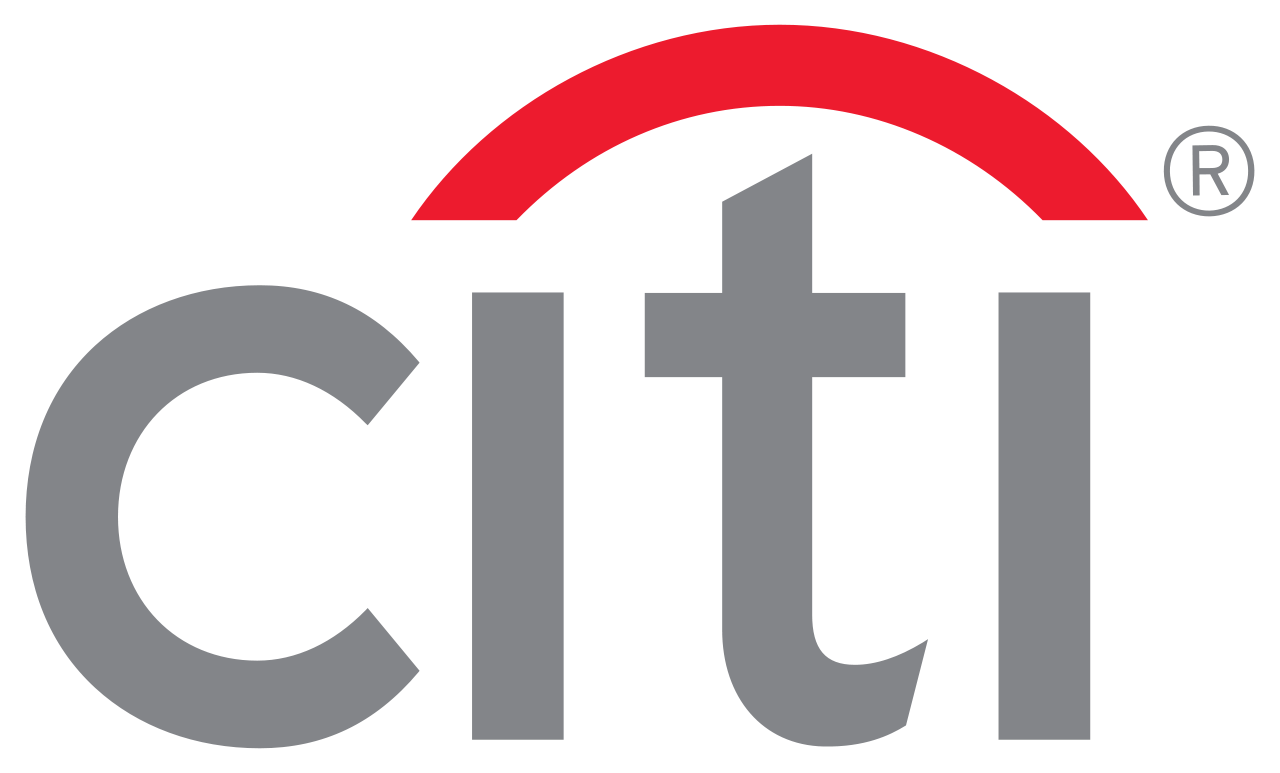Inflation accelerated in March, confirming the exit last week was wise
12.04.2017Company: Amcham
Czech inflation further accelerated in March and still surpasses the latest CNB forecast with yoy price growth reaching 2.6%. Today’s figures confirm that scrapping the floor last week was the right step as the acceleration was mainly due to the core element while growth in food and fuel prices eased. EUR/CZK initially reacted by appreciating 5 halers. The data about the share of the unemployed proved that finding a suitable labour force is an increasing problem.
The consumer price level did not change in March. While fuel and food prices recorded a mild decrease, core prices (according to our calculation) increased one tick despite negative seasonal effects. The seasonality is due to the end of the winter season, which translates into a decrease of prices in recreation. In a yoy comparison, core prices increased 2.3%, which is already 1pp higher than last September. Administered prices added 0.1% mom while yoy dynamics remain negative. Food prices were pushed down by the cheapening of vegetables, which only partly corrected the strong increase from the beginning of the year. Nevertheless, in a yoy comparison, food prices are still up 4.4%. Fuel prices added 0.5% mom in March, which followed the development of oil prices on the global market.
Today’s inflation reading once again surpassed the CNB’s February forecast, which predicted March inflation at 2.3%. The deviation thus widened to 0.3pp. Price dynamics thus surprised the CNB on the upside for the seventh consecutive month. This confirms the exit from the FX commitment was already a necessity. EUR/CZK appreciated 5 halers and hit 26.50, its strongest level since the exit. The strong reading strengthened the view of some investors that the time for rate hikes approaches. We still believe domestic inflationary pressures will not be as strong this year to make the hikes necessary.
Inflation should start easing moderately in the coming months, yet it is set to remain above the 2% target throughout the whole year. The headline figure is helped by the statistical base effects as fuel prices were at their lowest last year. Food prices follow a very similar pattern. Yoy price growth in these two sectors will ease, and core inflation will become the main driver as it will be supported by accelerating wage growth and sound increases in consumption. Overall, we see growth in inflation as spread across the categories of the consumer basket, making it rather robust. The only drag on inflation is administered prices (mainly gas prices).
The number of unemployed decreased once again
The share of the unemployed surprised favourably in March as it cut another three ticks from February’s 5.1% to 4.8%. The seasonally adjusted measure dropped as well as it hit 4.5%, according to our calculation, which is the lowest level since the end of 2008. The number of open vacancies developed favourably, as well. In March, there were more than 151,000 vacancies, and after seasonal adjustment the number exceeded 154,000, which is the highest level since February 2008. The ratio of job seekers to vacancies declined to 2.4 (2.2 after seasonal adjustment) after 2.7 (2.3 after seasonal adjustment). This thus confirmed that the problem is not a lack of vacancies but rather finding the labour force to fill them.
We expect the share of the unemployed will continue decreasing even in the coming months. In June, it should reach its bottom at 4.1%. For the rest of the year, it will increase slightly due to seasonality. The lack of an available labour force together with sound economic growth will press on wage growth. The nominal wage is set to increase 4.6% this year. However, part of the growing purchasing power of households will be consumed by increasing inflation.
Tags: Economics | Finance |







